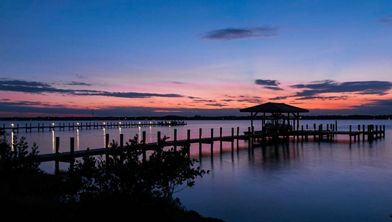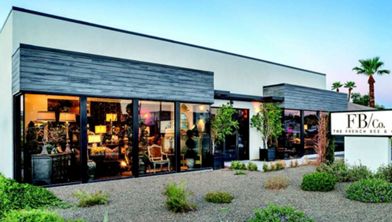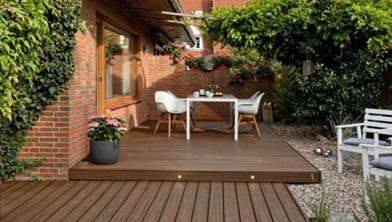What Is Composite Cladding & How Is It Used?
Cladding is a construction term that refers to the process of applying one building material over another, primarily to add a layer of protection against the environment. While an important factor in weather resistance, cladding also improves the insulating properties and aesthetic appearance of a building.
As a homeowner, you want your exterior to be durable without sacrificing style. To that end, your choice of cladding determines not only the exterior design of your home but also how well it can stand up to the elements.
But how do you choose the right cladding? Composite cladding offers the best of both worlds. Learn more about the benefits of composite cladding here for help making your decision.
What Is Composite Cladding?
Composite cladding is an exterior cladding option designed to combine superior weather resistance and visual appeal. Compared to wood, this style of cladding is known for its long-term durability, curb appeal, and ease of installation.
Properly installed cladding systems help your home resist damage — even under extreme temperature fluctuations, sunlight, strong winds, and airborne pollutants such as mold. Cladding does this by protecting the material underneath from moisture caused by rain and snow. Depending on the materials, cladding can reduce your annual maintenance and strengthen a building’s fire rating.
Benefits of Using Composite Cladding
There are several advantages to using composite boards as cladding compared to other cladding materials. By opting for a premium composite cladding, like those offered by Trex, you can tap into a variety of benefits, such as:
- No sanding: Using the same boards as Trex's Transcend® composite decking, Trex® Cladding™ eliminates the need for annual sanding or sealing, which can be a laborious process with wood planks, especially on hard-to-reach exteriors.
- Enhanced aesthetic: Transcend also delivers a beautiful aesthetic with a rich, wood-grain shell and premium fade and stain resistance.
- Sustainability: Unlike wood, Trex boards are made from up to 95% recycled plastic film and reclaimed wood scrap.
- Long-term warranties: Trex Cladding is backed by a 25-year product and fade and stain warranties for both commercial and residential projects.
- Easy installation: Trex boards are easy to install using conventional tools and methods. There are several approved fastener options for use with both steel and wood furring strips that attach to the building. Boards are approved for 24-inch-on-center furring strip spacing, which means faster installation and lower installed costs over wood.
- High durability: The highly impact- and scratch-resistant material of Trex Cladding is tested to withstand hurricane-force winds and is code-compliant for all Type V-B structures under 40 feet in height.
Can You Use Composite Decking As Cladding?
A variety of materials are used to clad Type V-B commercial and residential buildings, including plastic, vinyl, stone, brick, metals, composites and wood such as cedar, pine and plywood.
Wood-composite cladding is growing in popularity. First introduced in the early 1990s, wood-composites, made from a mixture of reclaimed wood and plastic film, have improved in performance and look over the past 25 years. Various grain patterns and myriad color choices, combined with tough durability in the shell, have led to the emergence of decking as cladding.
Trex Company, the pioneer in wood composites, recently endorsed its premium Transcend® decking for use in a cladding system. Trex® Cladding™ is made of the same composite material as its trusty decking but used horizontally or vertically as siding or cladding. Trex Cladding makes traditional wood planks obsolete in a modern rainscreen system due primarily to its low-maintenance qualities.
Interested in Composite Cladding?
Composite cladding is an all-around well-made option that offers the ideal balance of protection and style for your home. Discover how Trex composite cladding can take your building's exterior to the next level by checking out these cladding design ideas.
This content was partially or fully generated by AI and has been reviewed by our team to ensure accuracy and relevance.






































